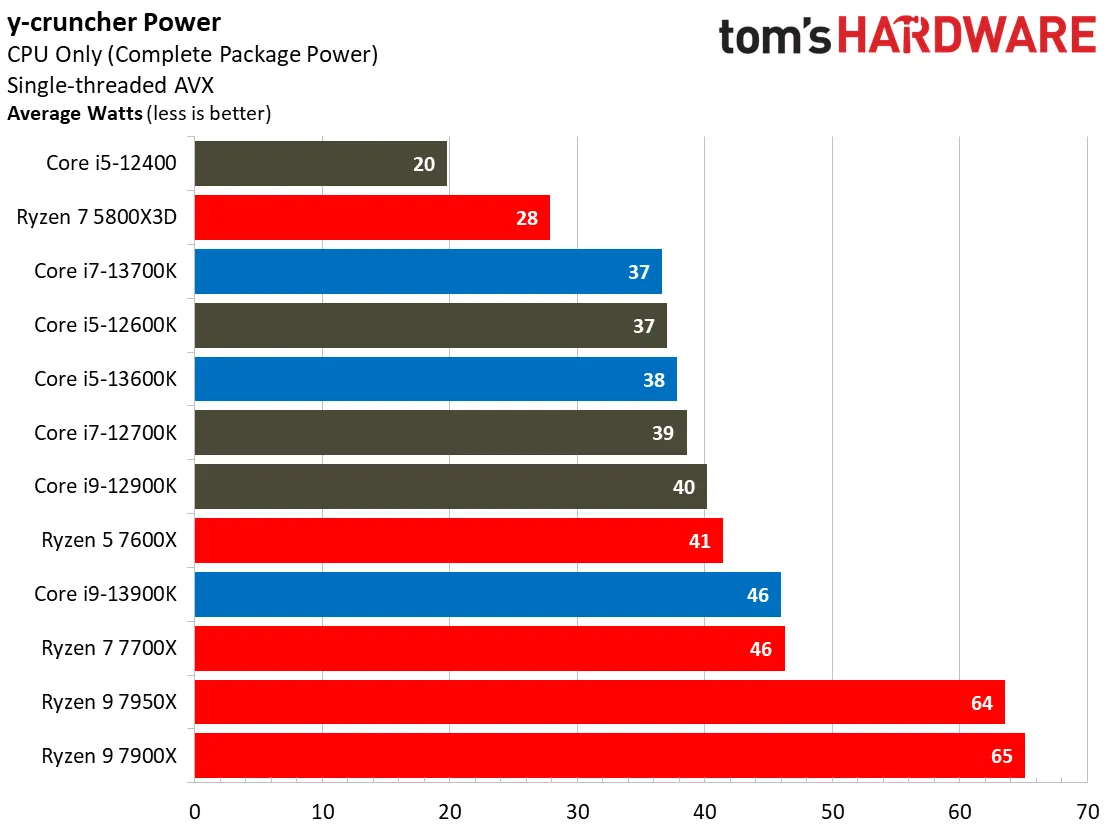JoBalz
Distinguished
i plan to run my 5700x (might up to a 5800x3d 2023 just cause i might upgrade relatives system with mine) for next decade.
in my 28 yrs of gaming i was purely Intel until my current system build. Either side is great anymore as they are overkill for 90% of users.
skip a gen and then upgrade for a noticeable increase thus better value.
and in closing
Nobody (who is into tech) denies 13th gen is better performance to cost than Zen4.
but again...either are good and more than enough for most users.
then again AMD's EPYC are getting some interesting stuff (CXL is extremely interesting) that if makes its way down to the lower chips could change the story (but could be many yrs if it trickles down)
I agree with all your points but particularly those above. Most hardware is sold or disposed of long before it failed or else could no longer run newer software you have, or else have compelling new features. I'll be honest, I've built new systems for no other reason than I wanted the most up-to-date tech and I enjoy building new rigs. My last system went to my sister to replace her 10 year old Intel system. Since then, a lightning strike outside in the yard managed to take out several major pieces of hardware in my Ryzen system so I chose to upgrade from a Ryzen R5 3600X to an R7-5800X and a slightly upgraded MSI X570 board. Otherwise, I would have waited until a year or so into the AM5 era.
Bottom line is, outside of hardcore gamers, either Intel or AMD CPUs provide the performance (and usually are overkill) for most users.
But I do buy AMD since Ryzens were released because I like supporting a viable alternative to Intel. Their competition with each other encourages innovation, which we all benefit from!


 Buy ryzen 5900x + B550M + ddr4 in pair always cheaper than 7600X + insane AM5 Mobo prices + Expensive DDR5 but 5900x give more performance. If they making the price they must also increases CPU horse power too
Buy ryzen 5900x + B550M + ddr4 in pair always cheaper than 7600X + insane AM5 Mobo prices + Expensive DDR5 but 5900x give more performance. If they making the price they must also increases CPU horse power too